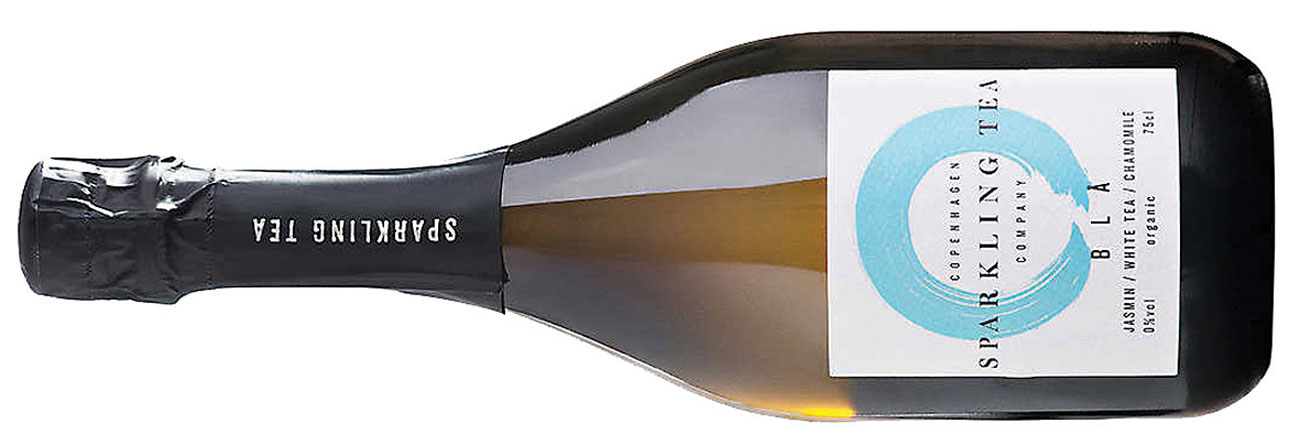So this no/low alcohol thing is a bit trendy, isn’t it?
It is indeed. The fastest growing part of the drinks world, in fact. Some of the biggest names have given it their blessing.
Who? Jancis? Parker? Aubert de Villaine?
Kylie Minogue, Lewis Hamilton and Sarah Jessica Parker.
And they’ve approved it how, exactly?
By launching a sparkling rosé, agave spirit and low-alcohol wine range respectively.
Is SJP’s sparkler called Sekt in the City?
Very good. But actually it’s a 7% alcohol by volume Prosecco, so no.
What? 7% alcohol? I thought the whole point of no/low was that they were all booze-free.
Come on, this is the drinks world. Of course it’s more complicated than that. Low-alcohol is meant to be for anything at 1.2% abv or below [according to UK definitions], but is often used as shorthand for drinks that are just not full-strength. Like ‘small beers’ at 2% or Ms Parker’s Sevenly range, where the clue’s in the name.
So what’s alcohol-free then?
It can vary a bit from country to country, but generally it’s 0.5% abv and below. Zero, you’ll be pleased to hear, means zero. [The UK government is consulting on whether to raise the threshold for describing a drink as ‘alcohol free’ from the currently defined 0.05% to 0.5% abv, in line with other comparable countries.]
My head hurts.
You shouldn’t have drunk four bottles of Sevenly.
0.5% seems a weirdly random number for alcohol-free.
Not at all. It’s a level at which your body processes the minimal amount of alcohol quite easily, so you don’t get intoxicated. And it can naturally occur in things like ripe bananas or an open carton of orange juice, so even avowed teetotallers might occasionally consume that much inadvertently.
How do they make these drinks? Are they just alcoholic versions with the booze taken out?
Yes. But also no.
Let me guess – it’s complicated.
Beers can be brewed to 0.5% without de-alcoholisation. And some spirits are made by fermenting base ingredients and then adding additional flavours. We’ll get into ‘wine alternatives’ later. But de-alcoholisation to some degree is common, especially for wine. It’s a very complicated and skilled process.
Why’s that?
Because alcohol is great at holding flavour, so when you take it out of a drink, you lose quite a bit of the character.
To be fair I can think of some drinks that would be improved if you removed most of their flavour.
Let’s not get the lawyers involved, shall we? The point is, the best alc-free wine producers take account of the effect of de-alcoholisation when they grow the grapes and make the original wine.
I guess it’s a new technology and they’re learning all the time.
Actually, de-alcoholisation has been around for more than 100 years. But you’re right – there’s a lot of work being done to refine the techniques. Broadly speaking, fruity whites and rosés seem to work best. Sparkling is good, too – the bubbles and sugar add mouthfeel that gets lost when you remove the alcohol.
There’s a ‘but’ coming isn’t there…?
Yes. Reds are tough to get right – they often taste a bit thin. That said, they’re way better than they were even four or five years ago. We’re starting to see varietal typicity, and some people think we could even see terroir in alc-free wines soon.
Is there more to it than just taking away alcohol from wine?
Yes. In fact, for many people ‘wine alternatives’ are one of the most exciting areas. These are drinks that do the job of wine but aren’t exactly wine. They could be de-alcoholised versions with added fruit, spice or herb flavours, or products created from the ground up without alcohol, building in layers of structure, flavour and complexity. It sounds weird, but they really work.
Sounds a bit like vermouth.
Good spot. Aperitivos are a really hot part of alcohol-free with brilliant, complex, flavourful examples where you absolutely don’t miss the alcohol. A growing number of people are using cider vinegar as a base, too. Steep fruit in it, add other flavours and you can get something that’s decidedly wine-like, even though it’s never been near a grape.
Vinegar? Seriously?
Don’t be dismissive. It’s about balancing the acidity with sweetness and body. Just like in, say, Riesling. If that’s too much, try tea-based drinks. They have tannin, complexity and a savouriness that really works with food. Just like in the best wines.
How about spirits?
There are lots of excellent gins – and drinks that are like gin, but not quite. Rum and tequila alternatives are on the rise, too. Especially in the US. And if you don’t fancy mixing them yourself, there’s a big boom in Ready To Drink cocktails in pretty much any style you fancy.
Fine, but I’m just not going to give up Barolo, sorry.
You don’t have to. There are more teetotallers out there, but the big boom in alcohol-free is people who still drink having days off, or mixing in some alc-free drinks during a night out. There’s loads to try – just don’t be afraid to experiment, and come at it with an open mind.
I’ll drink to that!
The best no/low drinks in my glass at the moment
Pre-dinner I’ve become addicted to Citizen Spritz Bitter Orange (0% alcohol, £20/50cl citizenspritz.com, Threshers). With flavours of vanilla, cinnamon and orange pith, it’s like a less-divisive Campari and is superb mixed with Fever-Tree Refreshingly Light tonic water.

Copenhagen Sparkling Tea’s Blå (0%, £15.75-£20/75cl Club Soda, Fenwick, Selfridges, Spirits Kiosk, Taurus Wines, The Champagne Co) has been my Champagne substitute for a couple of years and works well with Chinese food, too.

Butcombe’s Goram IPA Zero (£15.99/12x330ml butcombe.com) is a brilliant alcohol-free beer [labelled as ‘<0.5%’] with a lovely combination of satisfying malty richness and cool-hearted bitterness. It’s great with wintry food or watching rugby on the TV.












